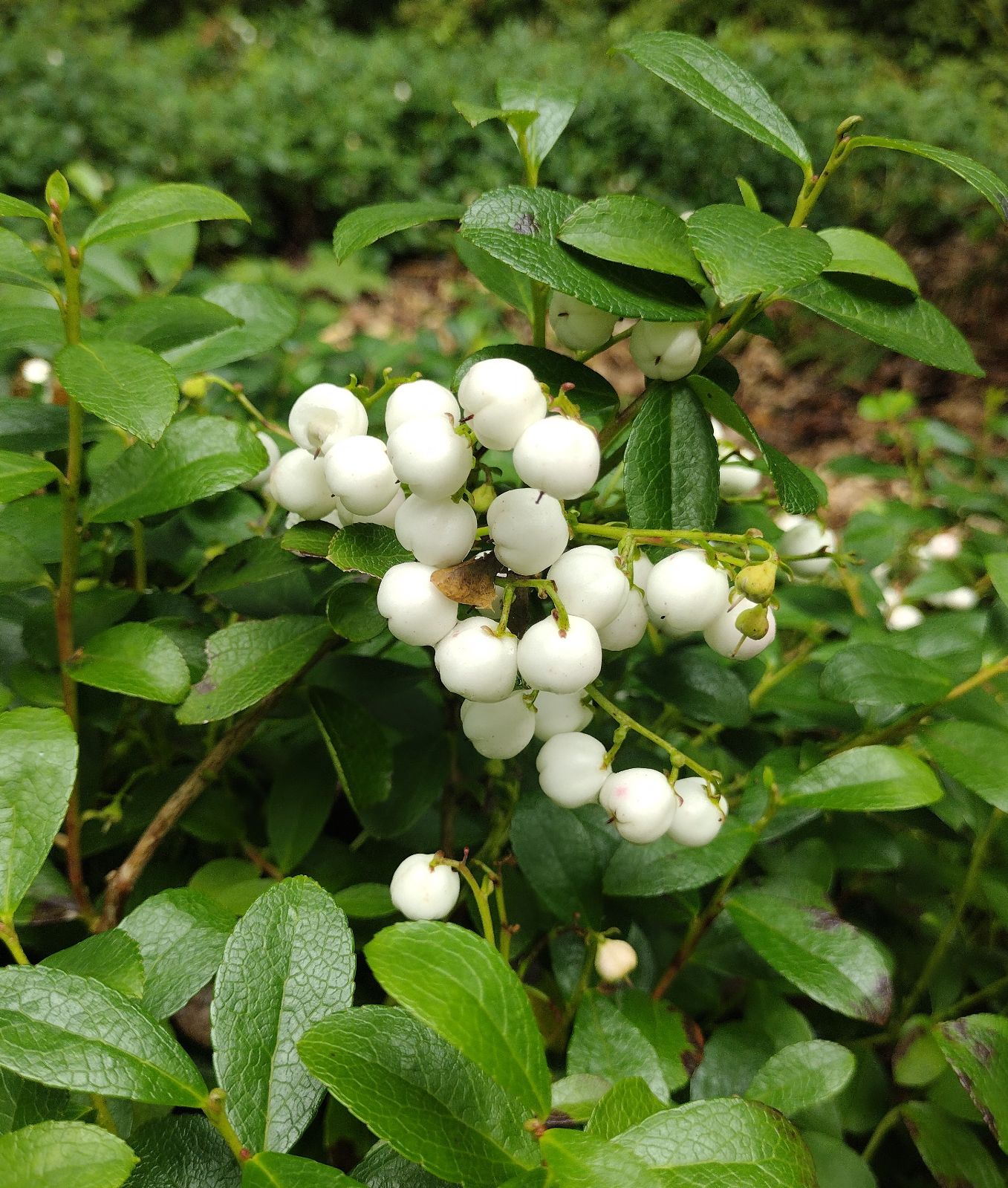Gaultheria miqueliana
Credits
Article from Bean's Trees and Shrubs Hardy in the British Isles
Recommended citation
'Gaultheria miqueliana' from the website Trees and Shrubs Online (treesandshrubsonline.
Genus
Synonyms
- G. pyroloides Miq., in part
Other taxa in genus
- Gaultheria adenothrix
- Gaultheria antipoda
- Gaultheria codonantha
- Gaultheria cuneata
- Gaultheria eriophylla
- Gaultheria forrestii
- Gaultheria fragrantissima
- Gaultheria hirtiflora
- Gaultheria hispida
- Gaultheria hispidula
- Gaultheria hookeri
- Gaultheria nummularioides
- Gaultheria oppositifolia
- Gaultheria ovatifolia
- Gaultheria procumbens
- Gaultheria pyroloides
- Gaultheria rupestris
- Gaultheria shallon
- Gaultheria tetramera
- Gaultheria trichophylla
- Gaultheria wardii
- Gaultheria × wisleyensis
- Gaultheria yunnanensis
An evergreen shrub 8 to 12 in. high; young shoots at first downy becoming glabrous. Leaves oval, toothed, tapered about equally at both ends, 1⁄2 to 11⁄4 in. long, 3⁄8 to 3⁄4 in. wide, glabrous, distinctly net-veined beneath, dark green above. Flowers drooping, solitary to as many as six on racemes 1 to 2 in. long; main flower-stalk downy. Corolla rather globose, 1⁄4 in. wide, white, with small triangular teeth at the mouth; ovary glabrous. Calyx-lobes triangular at first, ciliate, afterwards enlarging and enclosing the seed-vessel, forming a berry-like fruit 3⁄8 in. wide, globose, white or pink, edible. Bot. Mag., t. 9629.
Native of Japan and a handsome small evergreen both as regards flowers and fruits. It is quite hardy and flowers in June. It is most nearly related to the G. cuneata – a white-fruited Chinese species but with a downy ovary and narrower obovate leaves. It received an Award of Merit in 1948.
It may be noted that the names G. pyroloides and G. pyrolifolia are much confused. The species described by Miquel in 1863 under the name G.pyroloides comprised two distinct gaultherias. One was the white-fruited species of Japan just described. The other was a Himalayan blue-fruited gaultheria of which Miquel had received a dried flowering specimen from Kew, collected in the wild by Hooker. Unaware of Miquel’s earlier name, C. B. Clarke in 1882 published the name G. pyrolifolia for Hooker’s Himalayan species and this was widely used until quite recently. The confusion was later cleared up by Takeda, who restricted the name G. pyroloides Miq. to the Himalayan plant, and published a new name – G. miqueliana – for the plant of Japan.
G. miqueliana is distinguished from G. pyroloides by its rather globose flowers, its four-awned anthers (two-awned in G. pyroloides) and by its white or pinkish fruits.
From the Supplement (Vol. V)
This is in cultivation at Wakehurst Place, Sussex, from a reintroduction by Brian Halliwell (4017).

